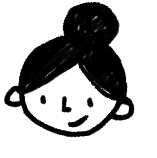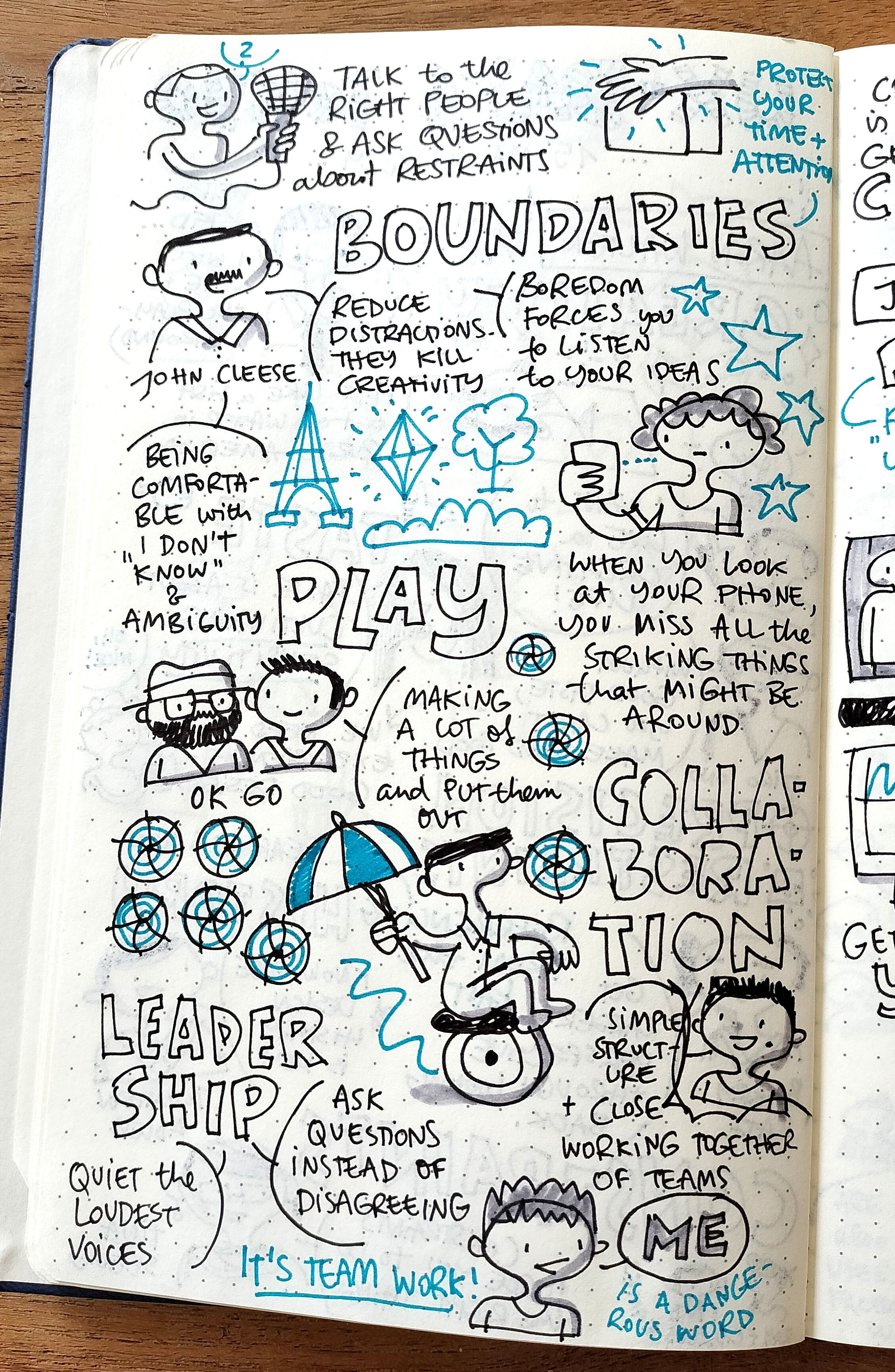A different perspective on facial expressions I got in Japan
In March this year I had the pleasure to give a talk at UX Tokyo and teach a full-day workshop as well. It was my very first time in Japan so there was a lot of new and different things to experience… the overall culture, norms, rules and behaviours, the food the language (barrier) and of course the visual richness and deep culture of communicating with images.
And on the workshop day, I had an interesting little exchange with one of the participants. It was about facial expressions, how we interpret them and use them to visualise emotional states with just a few strokes (mostly eyebrows and mouth).
He shared an angle that I hadn't seen before.
For him, the eyebrows show strength or weakness (the 'angry' eyebrows are strong and determined and the 'sad' eyebrows are weak or soft) and the mouth shows whether the strength has a positive or negative connotation.
There certainly is something to this, if you look at the energy of the two feelings. Anger contains a lot of power... and sadness makes us feel quite powerless, but perhaps also softer and more open.
I usually interpret and use eyebrows and mouths in this way:
Eyebrows (and eyes) express the feeling directly and immediately (we have less control over how our eyes react). The mouth we can control a little better and perhaps consciously 'fake' feelings (such as putting on a 'fake' smile, even though we don't feel so good).
I made this little matrix of comparison in interpretation and the key difference is the interpretation of the combinations where the expression in the eyebrows ‘contradicts’ the expression in the mouth. I can certainly see the point how the ‘evil grin’ face could also be seen as a brave and determined warrior…
This little exchange certainly triggered some interesting thoughts in me and also confirmed once again that although we as humans perceive some things in a similar way, there are still so many nuances in interpretation and the context, be it personal, cultural or simply situational, plays a crucial role in communication.
What are your thoughts on this?
Do tell me in the comments!
And just to round things off, here are the simple analogue sketchnotes I did of a few talks during the conference day:








